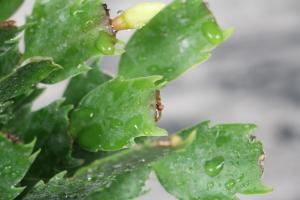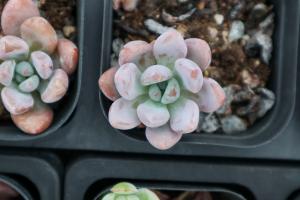Can You Compost Blighted Tomato Plants?
Tomatoes are one of the most popular vegetables to grow in a home garden. They are easy to cultivate and can provide a bountiful harvest if properly cared for. However, blight can quickly devastate a tomato plant and render it useless. When this happens, many gardeners wonder what they should do with the blighted tomato plants. Can they be composted or must they be disposed of in another way? The short answer is yes, blighted tomato plants can be composted, but there are a few key things to keep in mind.
What is Blight?
Blight is a fungal disease that affects tomato plants. It can be caused by a variety of fungal pathogens and can manifest in different ways. However, some of the most common symptoms include leaf spots, lesions on the fruit, and discoloration of the stems. Blight can quickly spread throughout the entire plant and cause it to die within just a few weeks. Once a tomato plant is blighted, it is no longer viable and should be removed from the garden.
Composting Blighted Tomato Plants
Composting blighted tomato plants can be a good way to recycle the nutrients from the plant back into the soil. However, you must take some precautions to ensure that the disease does not spread and infect other plants or contaminate your compost pile. Here are some steps you should follow:
Step 1: Remove the Plant
The first step is to remove the blighted tomato plant from the garden. Do not compost the plant while it is still in the garden. This will help prevent the fungus from spreading to other parts of your garden.
Step 2: Cut the Plant into Small Pieces
Next, you should cut the plant into small pieces. This will help speed up the decomposition process and make it easier for the microorganisms in the compost pile to break down the plant material.
Step 3: Heat the Compost Pile
Before adding the blighted tomato plant to the compost pile, make sure the pile is hot enough to kill off any potential pathogens. The ideal temperature for a compost pile is between 130°F and 150°F. If your compost pile is not reaching these temperatures, you may need to add more nitrogen-rich material or turn the pile more frequently.
Step 4: Monitor the Compost Pile
Once you have added the blighted tomato plants to the compost pile, make sure to monitor it closely. Check the temperature of the pile regularly to ensure it stays within the proper range. If you notice any signs of the blight spreading, such as blackened or slimy parts on the plant material, remove those parts immediately and discard them in the trash.
Conclusion
Composting blighted tomato plants is a great way to recycle nutrients back into your garden. However, it is important to take precautions to prevent the spread of blight. By following the steps outlined above, you can ensure that your compost pile is free of harmful pathogens and that the nutrients from your blighted tomato plants are returned to the soil in a safe and sustainable manner.

 how many times do yo...
how many times do yo... how many planted tre...
how many planted tre... how many pine trees ...
how many pine trees ... how many pecan trees...
how many pecan trees... how many plants comp...
how many plants comp... how many plants can ...
how many plants can ... how many plants and ...
how many plants and ... how many pepper plan...
how many pepper plan...
































